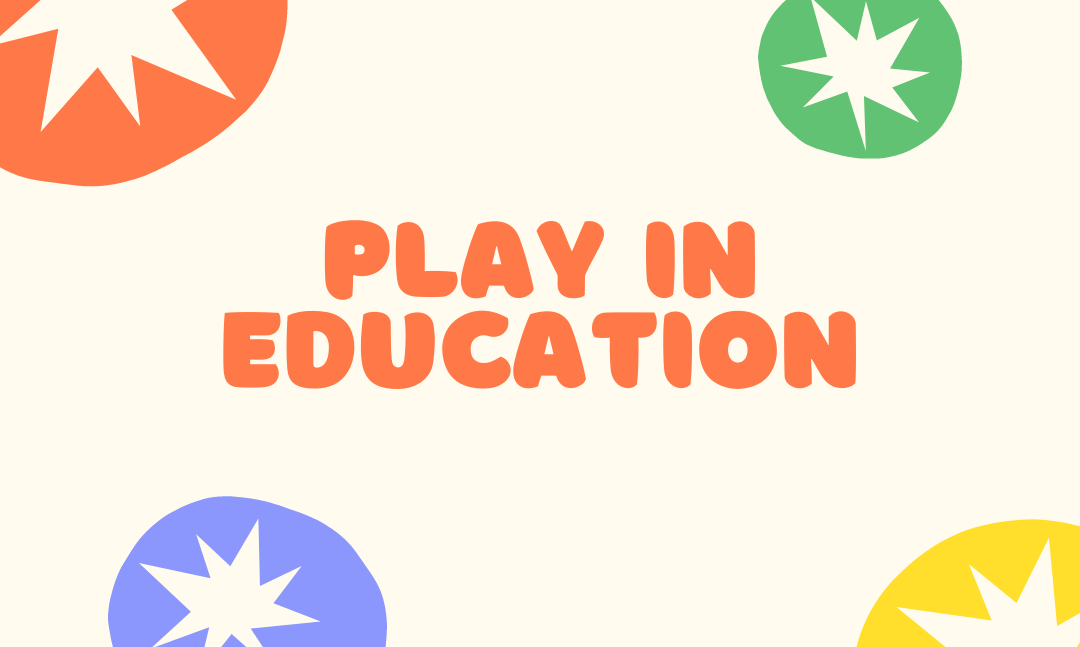If you have a toddler at home, you’ve likely seen them pick up a baby doll and rock it. They may have tried to feed it a bottle or gently kissed its head. Parents quickly pull out their phones and capture these precious moments of carefree playtime. But this spontaneous action is more than “playing house” – your child is modeling behavior they’ve seen you exhibit. Children learn and practice learned behavior through play, and it’s an important aspect of early childhood education.
Parents want what’s best for their children. In our quest to ensure our children are learning, we gravitate toward toys and materials promoted for their educational attributes. For example, LEGOS are great for creating shapes, testing the strength of structures and building spatial awareness. But for our children, toys don’t have to be marketed as “educational” to teach lessons. Simply playing with cups in the bathtub can teach lessons about buoyancy. Playing with paint can demonstrate how colors interact and how force changes the stroke of a brush. Whether they can actually articulate buoyancy or color theory at 3 years old is irrelevant – they’ve uncovered lessons that apply to their lives moving forward.
You don’t always have to have toys or materials to play. While roleplaying with their peers, children are learning and testing their language and communication skills. Simple scenarios like playing “restaurant” allow children to practice taking turns in speech, answering questions and stating preferences. Playing school allows for peer-to-peer instruction and allows students to create plans and execute them. If you watch these interactions, children will push the bounds of the scenario and watch how their playmate reacts – exploring their own creativity and imagination. This type of play helps children to process the complicated world around them.
Global organizations proclaim the importance of play in education. UNICEF outlines the benefit of play for children up to 8 years old. By the time American students enter kindergarten, play is often relegated solely to recess. Yet incorporating play can help amplify the impact of lessons and allow children to more fully understand topics. The National Association on Educating Young Children agrees – they remind parents that play is the literal lens through which our children come to understand formative concepts.
At Maria Montessori School, we fill our environments with traditional Montessori materials that look like toys or playthings to the untrained eye. From sand tables to building blocks, each of these toys provides not only an outlet for discovery but an opportunity to learn and explore concepts. Take the sand table for example. In our toddler and primary environments, students learn how to hold tools of varied shapes, uncover ways to scoop up and pour sand and explore unique textures. The table creates a low-pressure environment and allows for independent navigation, which is the ideal environment for young minds to grasp new concepts.
So, do we play at Maria Montessori School? Absolutely! We promote diverse learning opportunities for our students. That includes learning through materials that feel like play and encouraging imaginative exploration in the classroom. Our guides are trained to help students harness the lessons uncovered through play and apply them to traditional academic subjects.
Do you want to learn more about play and education in the Montessori Method? Connect with us today.

